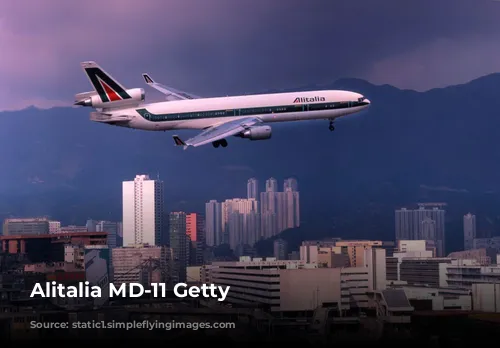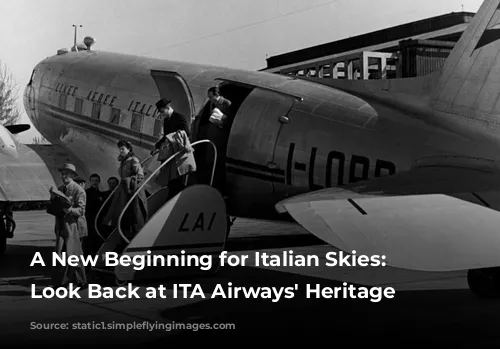Italy’s aviation landscape has undergone a dramatic transformation over the past century. The story of Italian aviation is one of ambition, innovation, and resilience, shaped by both triumphs and setbacks. This journey has ultimately paved the way for the birth of ITA Airways, a new emblem of Italian air travel.
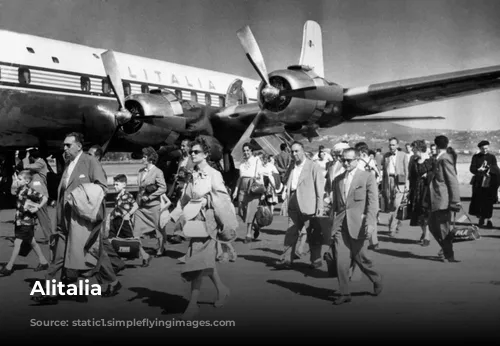
A Late Entry into the Skies
While several European nations embraced commercial aviation early on, Italy’s involvement in the civil sector was a late bloomer, initially focusing on military projects. The first modern aviation operation, Aero Expresso Italiana (AEI), was established in 1923, but it took three years before the company launched its inaugural flights. AEI was soon joined by a constellation of airlines, including Società Area Avio Linee Italiane (ALI), Società Italiana Servizi Aerei (SISA), Società Area Navigazione Aerea (SANA), and Società Area Mediterranea (SAM), forming the nascent Italian aviation community.
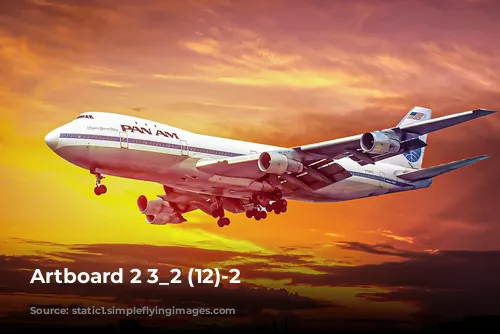
The Rise of Ala Littoria
Unlike the state-supported airlines, ALI was backed by the automotive giant Fiat. In the early 1930s, SISA, SANA, and SAM dominated the market, transporting a remarkable 10,000 passengers annually. This rapid growth propelled Italy to the third-busiest air travel industry in Europe, behind Germany and France. These airlines connected passengers to neighboring European and North African countries. The 1930s witnessed a trend towards consolidation in Europe’s aviation industry, and Italy was no exception. SAM, SANA, and SISA merged to form Ala Littoria in 1934, a state-owned airline that served as a showcase for the Italian government’s ambitions. The government aimed to utilize the airline to expand its reach across the Mediterranean and Africa, effectively connecting the Italian mainland to its territories.
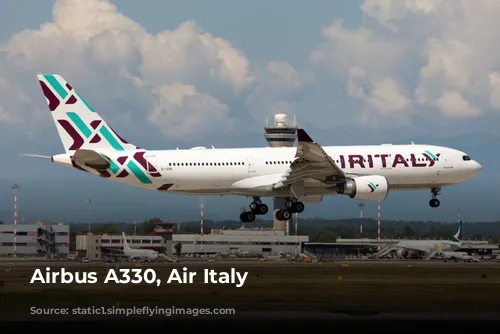
War, Renewal, and Alitalia’s Rise
Ala Littoria’s pioneering long-haul flights connected Rome to Mogadishu, Somalia, opening new avenues for Italian air travel. However, World War II brought its operations to an abrupt halt. Only the independent ALI managed to maintain limited services between Italy and Germany. Following the war’s conclusion, Europe’s aviation scene saw a resurgence, with international giants like Trans World Airlines (TWA) and British European Airways (BEA) providing crucial funding for the Italian market’s recovery. From these investments emerged Aerolinee Italiane Internazionali (Alitalia) and Linee Aeree Italiane (LAI). These airlines laid the foundation for a consistent commercial aviation industry in Italy, which flourished during the 1950s.
The two carriers merged in 1957, with the Alitalia name becoming a symbol of Italian air travel for decades. Alitalia’s ascent was marked by milestones, including its role as the official carrier for the Rome Olympics and the achievement of carrying over a million passengers in a single year. The airline’s fleet expanded with the introduction of jets, and the opening of the new Leonardo da Vinci airport in Fiumicino further solidified its operations.
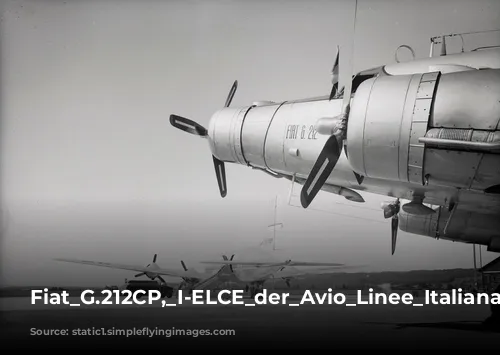
Challenges and Change: Alitalia’s Decline and ITA’s Rise
The introduction of the trijet MD-11 in the early 1990s allowed Italian passengers to fly directly over 12,000 km (6,480 NM). During this period, Giorgio Armani’s design expertise adorned Alitalia’s uniforms and cabin interiors.
However, the turn of the millennium marked a period of decline for Alitalia. European deregulation led to fierce competition, resembling the challenges faced by US airlines. Privatization efforts, passenger service decline, and labor union tensions plagued the carrier. The Italian government consistently invested in Alitalia to mitigate labor challenges but to no avail. The airline reported only one profitable year (1998) and incurred net losses exceeding €3.7 billion between 1999 and 2008, ultimately leading to its bankruptcy in 2017.
Various attempts to revitalize Italy’s aviation industry in recent years met with mixed success. The rebranding of Air Italy in 2018, a name that traced its roots back to 2005 under Meridiana, a privately owned airline, proved short-lived, ceasing operations in early 2020.
But with the launch of ITA Airways, the new flag carrier of Italy, hope has rekindled. ITA’s introduction comes amidst a fresh start, symbolized by its new blue livery and a commitment to a focused strategy. The airline plans to operate a fleet of over 100 aircraft by the middle of the decade, marking a new chapter for Italian aviation.
ITA Airways stands as a testament to the enduring spirit of Italian aviation. As the new chapter unfolds, the legacy of its predecessors serves as a reminder of the resilience, ambition, and innovation that have always defined Italian skies.
